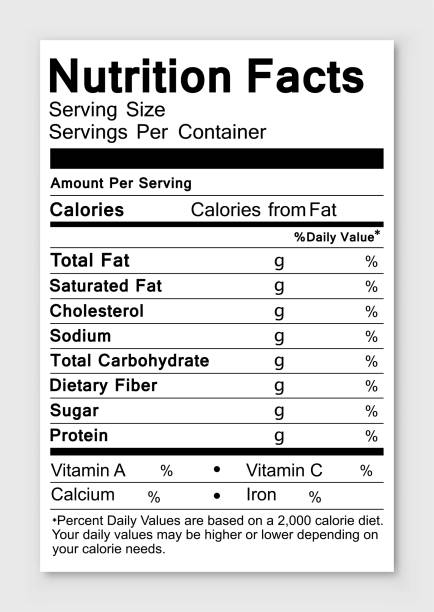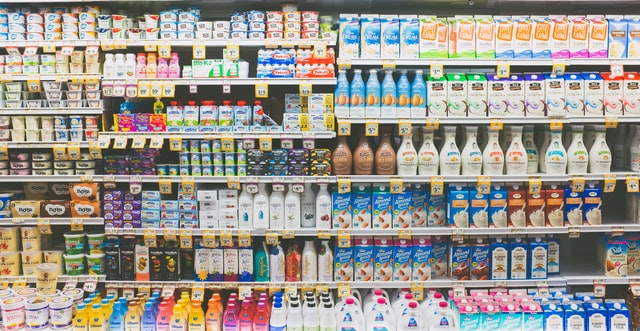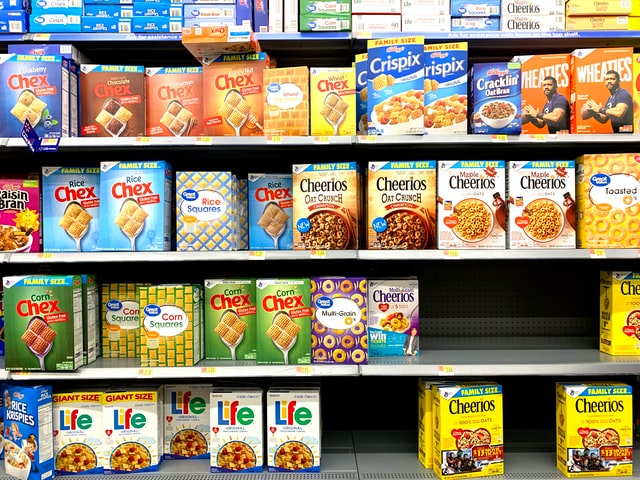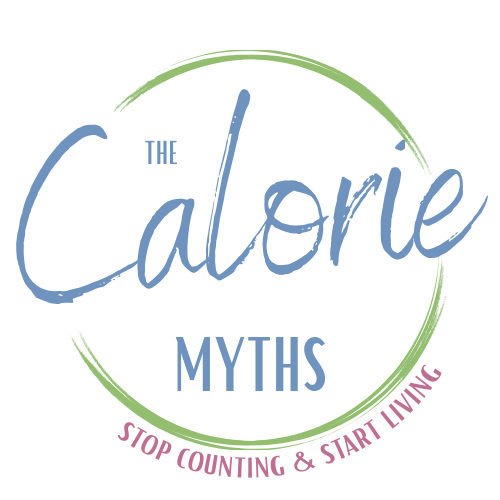Deciphering the numbers and acronyms on a nutrition label might feel like cracking the Rosetta stone. If you know what to look at, though, these facts can be the key to a healthier you. This guide will provide the basics you need to create nourishing daily meals.

Serving Size
This info, which appears right at the top of the label, informs everything else you'll read. If you're like me, you've been tricked by serving size one too many times. That small package of cookies might look like a single serving, but the label may reveal that it's meant to be split into two (or more) snacks. This part of the label clearly states the size of a serving and the number of servings in the package.

Calories Per Serving
In this section, you'll find out just how many calories you'll consume with each serving. For example, if a box of crackers contains 8 servings at 200 calories each, you can multiple the number of servings you plan to eat by 200 to estimate your total intake. Most people should get about 2,000 calories each day according to the FDA, but this varies based on age, weight and health status.
Some food labels have two columns. This design shows you the calories and nutrients in a single serving as well as in the entire food package.
[insert page='Offer' display='content']
Ingredient List
Unless you're buying a product with just one ingredient, the nutrition label must have an ingredient list. These items appear in descending order by weight. In other words, the first ingredient represents the largest portion of the product while the last ingredient represents the smallest amount.

Percent Daily Values
This column next to each ingredient (%DV) indicates the percentage of that nutrient you should consume each day. When it comes to vitamins, minerals, fiber and other ingredients that support good health, look for a %DV of around 20% or higher.
You should limit unhealthy ingredients like sodium, cholesterol, trans fat and saturated fat. Stick to choices with 5%DV or less in this category based on advice from the Academy of Nutrition and Dietetics.

Words To Learn
Federal law prevents food manufacturers from using certain terms unless their product meets specific criteria. Get ahead of the game by understanding what these words really mean:

When deciding whether a specific food fits with your nutritional goals, go straight to the nutrition label with your newfound knowledge. Avoid looking at the front of the box, which features marketing claims that may or may not reflect the actual quality of the product. No matter what your dietary goals, reading food labels correctly gives you a map to success.


Great info. Thanks! For clearing up a few misconceptions.